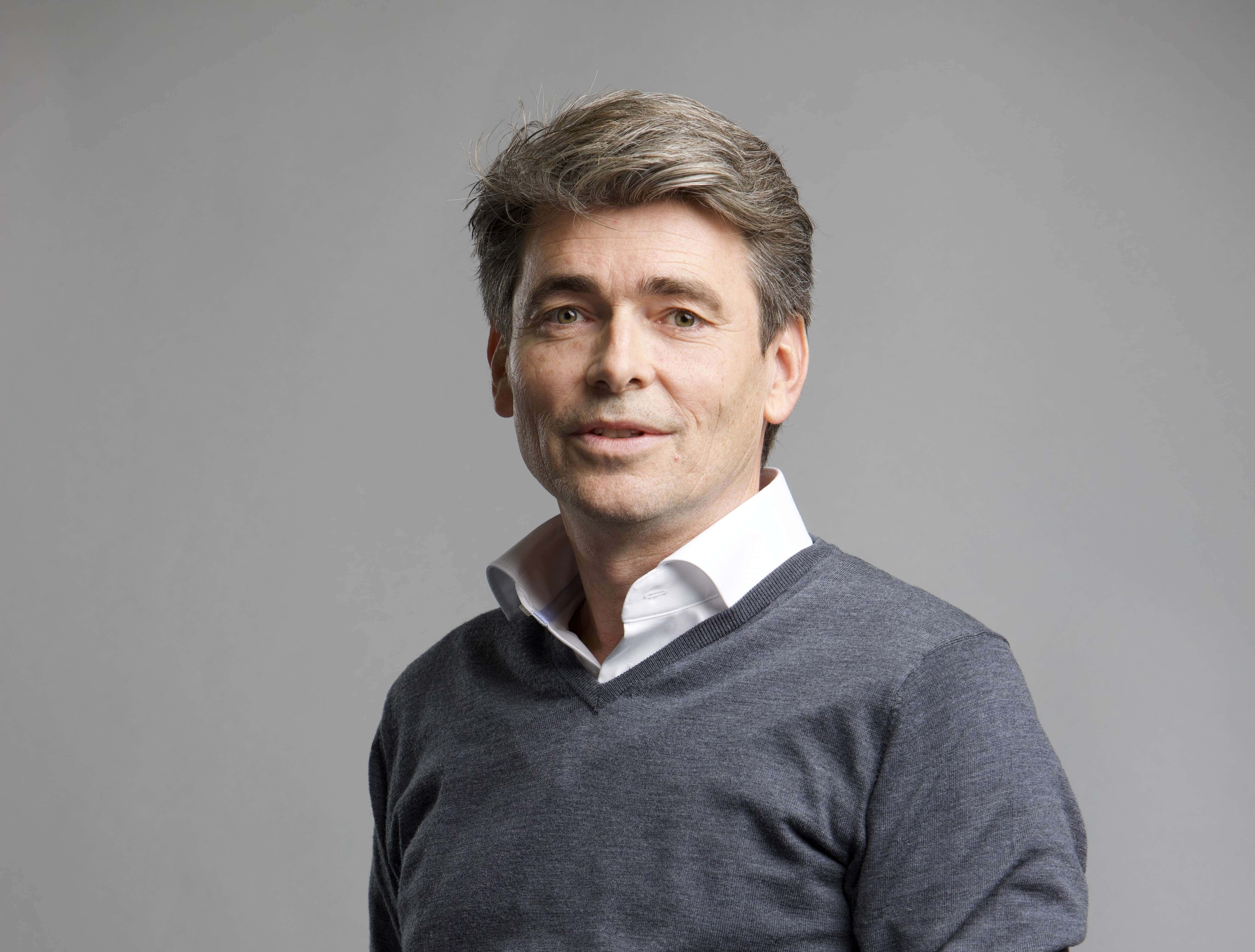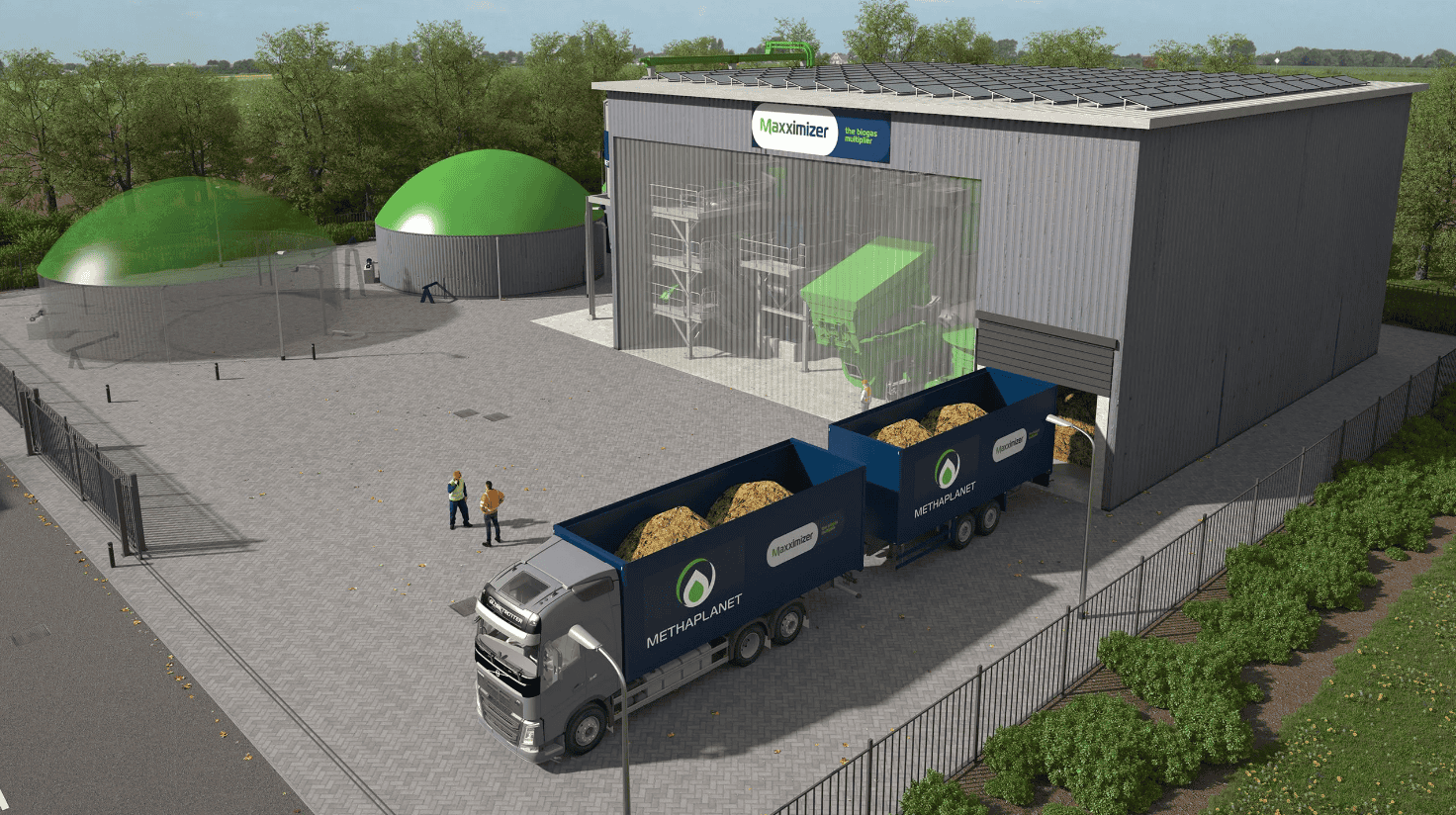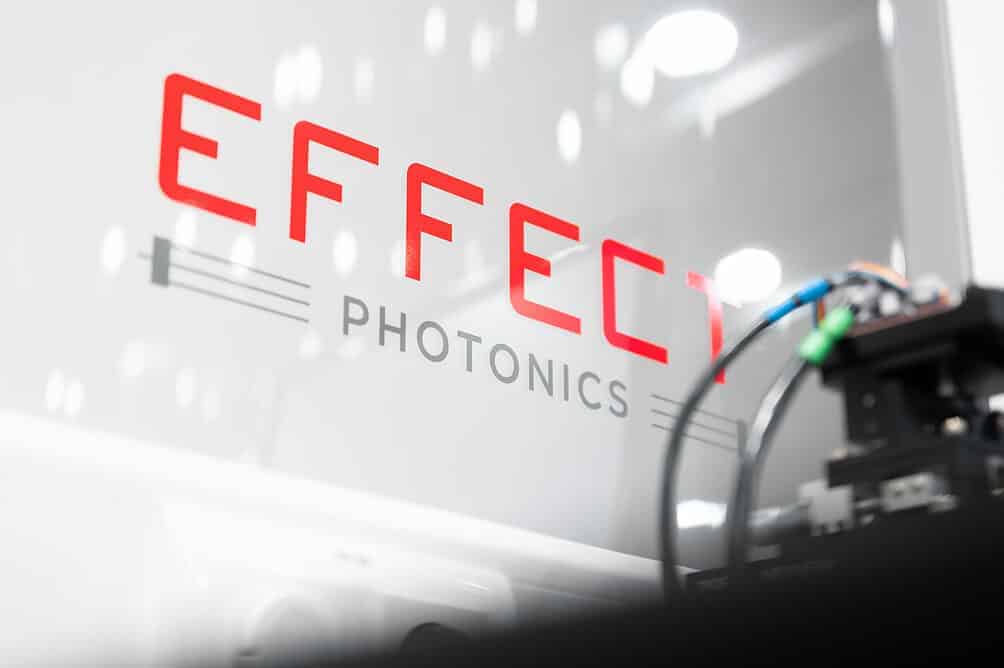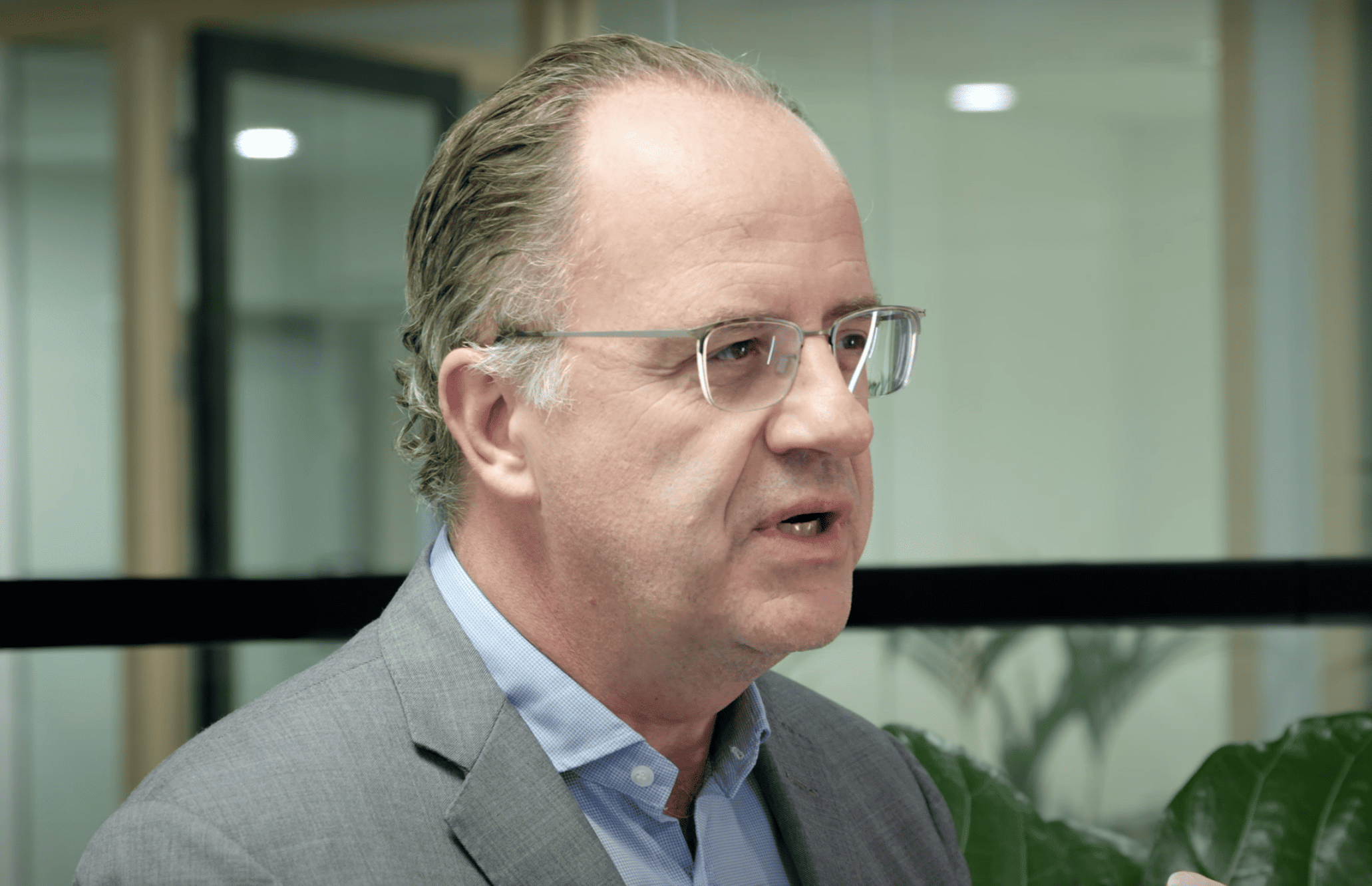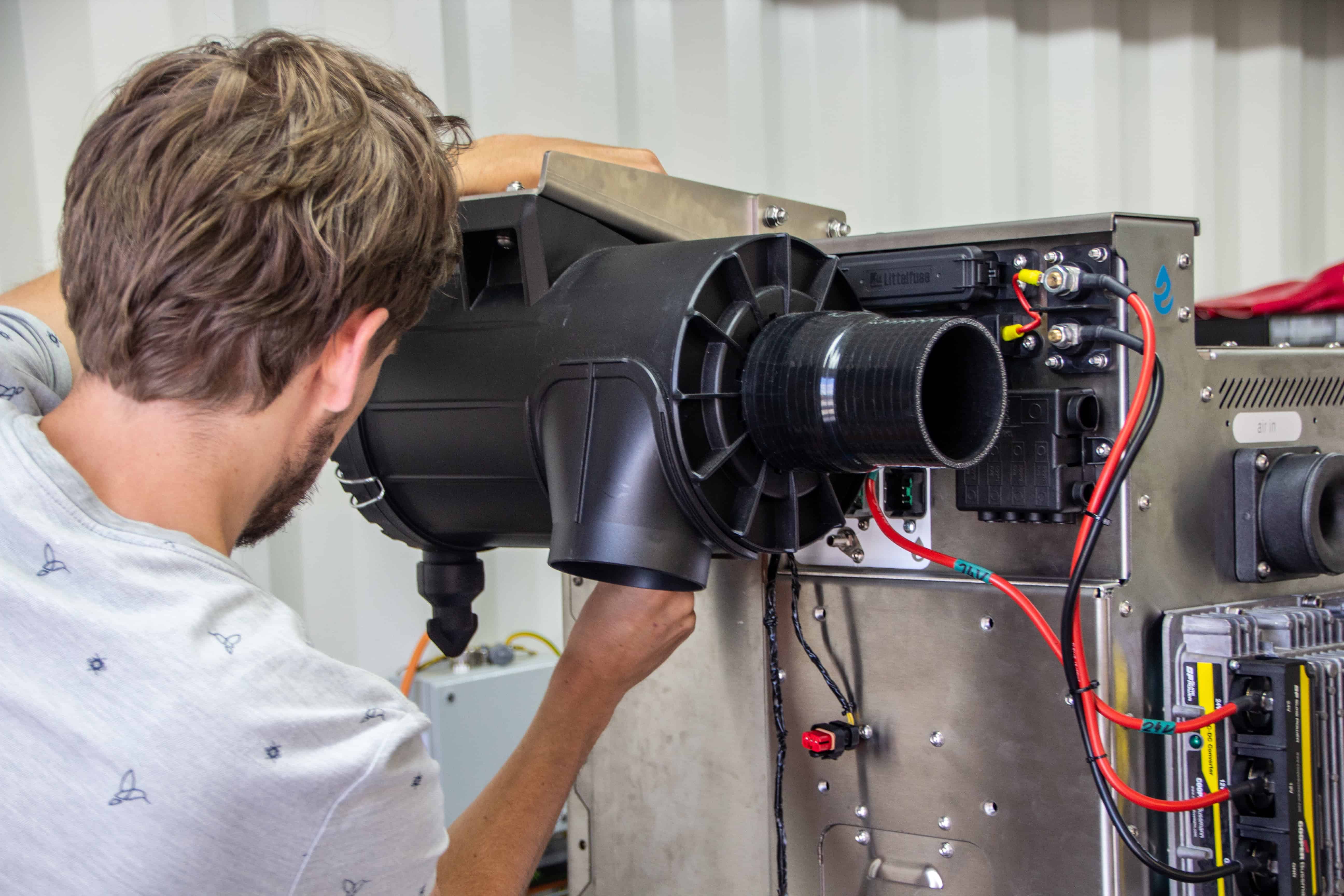
Recently, Effect Photonics announced it had raised 35 million euros in funding. The vast majority of that amount – twenty million – comes from pension funds PMT and PME. They announced they will jointly make one hundred million available for deep-tech scale-ups shortly. Shortly after, the five most significant Dutch pension funds announced they would invest “many billions” in the energy transition. “We would like to mean more and are willing and able to invest more in the Dutch energy transition,” write ABP, PFZW, PMT, BpfBouw, and PME. What can we expect from this new role that pension funds are taking on in the Netherlands? And where does this “breakthrough” come from?
Why this is important:
Dutch pension funds are taking on a new role as investors in innovative technologies. For this article, we asked three experts how this development drives Dutch deep tech scale-ups and the energy transition.
A longer process
“I would not interpret the recent announcements as a breakthrough,” said Nard Sintenie. “Rather, it is visible evidence of a process going on for much longer.” Sintenie is a general partner at the investment fund Innovation Industries. In 2017, PME, the pension fund where NXP and ASML employees, among others, build up their pensions, was the first Dutch pension fund to invest in an independent Dutch deep-tech venture capital fund (Innovation Industries Fund I). In 2019, PMT (Pensioenfonds Metaal en Techniek) joined the second Innovation Industries fund. They are also two of the main parties in the third fund.
From politicians – earlier this year, the outgoing Minister of Economic Affairs, Micky Adriaansens, still urged pension funds to invest in strategic Dutch technologies – and supporters, the call has been heard for much longer. “PMT and PME organize surveys in which participants give their opinions about the destination of their money,” said Victor van Will, portfolio manager at MN, the asset manager of PMT and PME. “From these, it was obvious in 2015 that participants and employers wanted to do more with Dutch innovation.”
In fact, despite recent announcements to invest in Dutch innovations, pension funds invest the lion’s share of their assets abroad. According to figures from De Nederlandsche Bank, in the first quarter of 2023, 82 percent of invested assets were foreign equities: 40 percent went to other European countries and 24 percent to North America. However, the share of domestic investments has increased sharply since the beginning of 2022, from 15.7 to 18.3 percent.
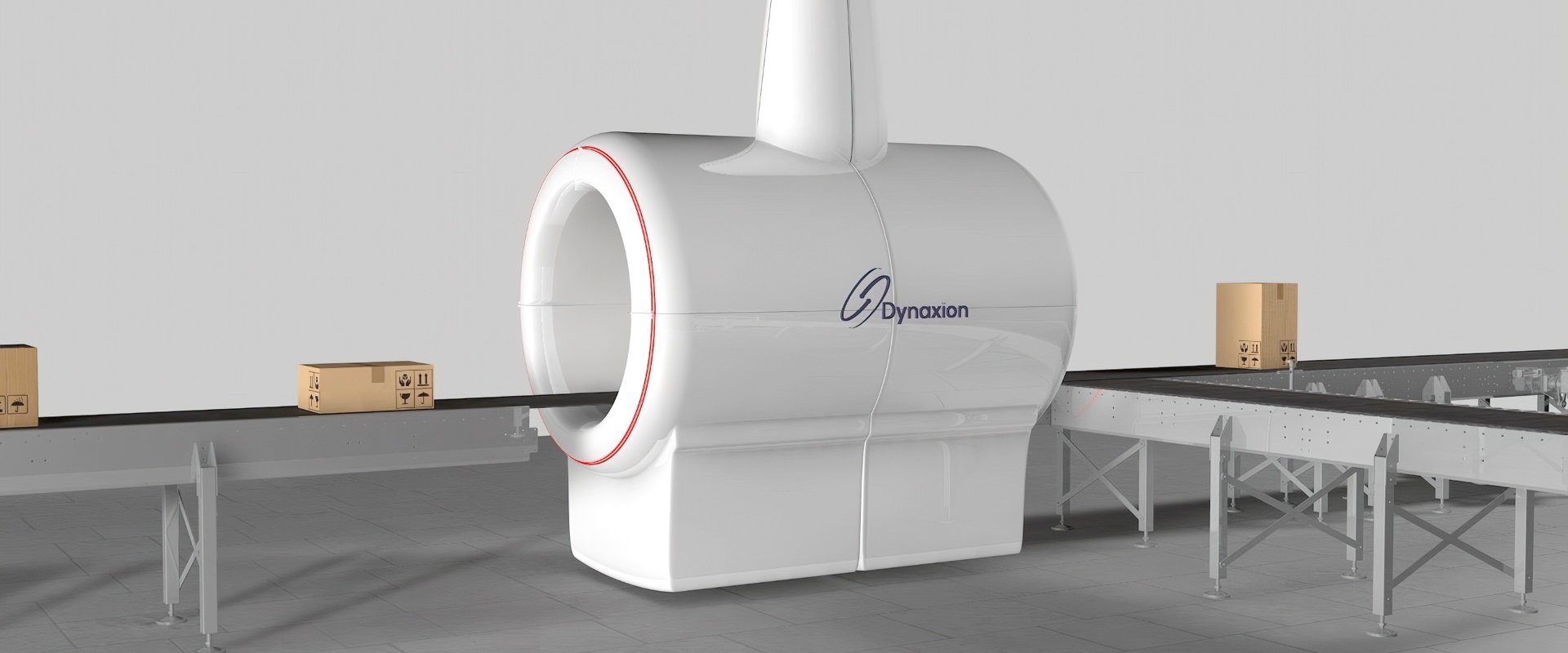
Legal obligations
Even though some constituents are pushing for a different type of investment, pension funds are legally obliged to be careful with the contributions deposited by their members. Metal pension funds aim to invest a significant portion of their portfolio in private equity (or unlisted companies). An increasing portion of this money goes to venture capital. This form of financing, provided to start-ups and scale-ups believed to have long-term growth potential, is classified as high risk within the private equity strategy, Van Will explains.
Calling on the retirement money of Dutch citizens comes with great responsibility. “Our main task is to ensure a good and sustainable pension,” Van Will said. That is why the five pension funds want guarantees from the government when investing in innovative technologies, where the risk is much higher. The government can do this by bearing part of the risk – for example, entering into public-private partnerships.
“It has to be investable for us. Moreover, investing in deep-tech startups and scale-ups takes a lot of specialized knowledge. It helps when government agencies, such as Invest-NL, also invest. Five years ago, these kinds of initiatives did not exist,” says Sebastiaan Ranner, also a portfolio manager at MN.
They invest the hundred million that PMT and PME put into Dutch deep-tech scale-ups through Innovation Industries’ Strategic Partners Fund. “Direct investments by pension funds in early-stage companies are in high demand,” Sintenie adds. “Indirect investments in funds that understand how deep-tech scale-ups work make much more sense.”
Big promises
Ranner cites photonics companies such as Smart Photonics and Effect Photonics as an example. These are about to break through and scale up; thus, they need venture capital. “Take Smart Photonics: the government and a group of companies have invested a hundred million euros in that because a photonics factory is an important part of a photonics ecosystem in the Netherlands and requires a lot of capital. We can act together if the government is willing to take on this financial risk.”
The ultimate goal is for more pension funds to follow the example of PME and PMT, allowing more significant funds to emerge. According to Sintenie, pension funds are ideally placed to help make high-tech scale-ups that need large rounds of funding successfully. “When building photonics production facilities, you have to take a long breath, but in the end, they are of enormous added value to the Netherlands and Europe; the whole ecosystem benefits.”
Ranner concurs: “There is a big gap in the capital market for scale-ups. Pension funds can finance these companies. We see the risks; ultimately, it’s our responsibility that participants’ investments yield returns. But at the same time, we can also help build ecosystems around Dutch key technologies.”




